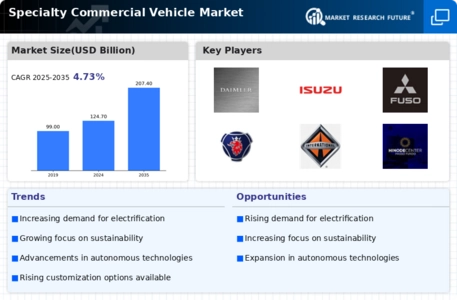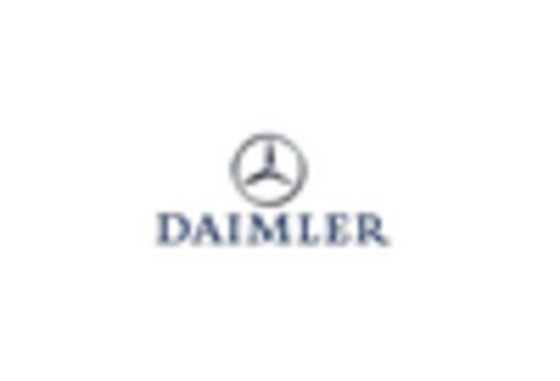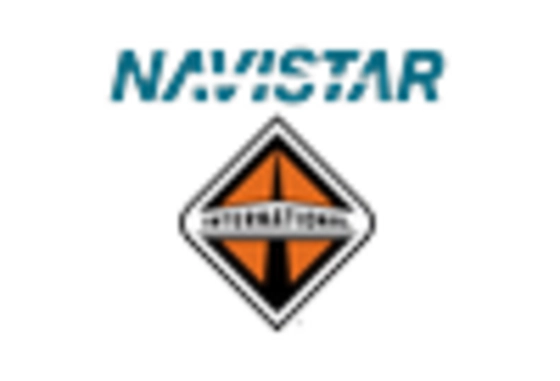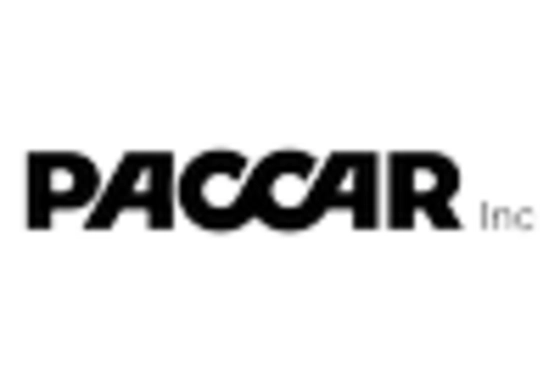Regulatory Compliance and Safety Standards
Regulatory compliance plays a pivotal role in shaping the Specialty Commercial Vehicle Market. Governments worldwide are implementing stringent safety and environmental regulations that necessitate the adoption of advanced vehicle technologies. For example, emission standards are becoming increasingly rigorous, compelling manufacturers to innovate and produce vehicles that meet these requirements. The market for specialty vehicles is projected to grow as companies invest in compliance-related upgrades. This focus on safety and regulatory adherence not only enhances vehicle performance but also fosters consumer trust, thereby driving market growth.
Growth of E-commerce and Last-Mile Delivery
The rise of e-commerce has significantly impacted the Specialty Commercial Vehicle Market, particularly in the last-mile delivery segment. As online shopping continues to expand, there is a growing need for specialized delivery vehicles that can navigate urban environments efficiently. Data suggests that the demand for compact and versatile delivery vehicles is on the rise, with many companies investing in electric and hybrid models to meet sustainability goals. This shift is likely to create new opportunities for manufacturers of specialty vehicles, as businesses seek to optimize their logistics and delivery operations.
Technological Integration and Smart Features
Technological integration is transforming the Specialty Commercial Vehicle Market, as manufacturers increasingly incorporate smart features into their vehicles. Innovations such as telematics, GPS tracking, and advanced driver-assistance systems are becoming standard in specialty vehicles. These technologies not only enhance operational efficiency but also improve safety and reduce operational costs. The market is witnessing a trend where companies prioritize vehicles equipped with these advanced features, as they provide a competitive edge. This integration of technology is expected to drive growth in the specialty vehicle sector, as businesses recognize the value of investing in smarter solutions.
Increasing Demand for Specialized Applications
The Specialty Commercial Vehicle Market is experiencing a notable surge in demand for vehicles tailored to specific applications. Industries such as construction, agriculture, and emergency services require vehicles that can perform specialized tasks efficiently. For instance, the construction sector has seen a rise in the need for heavy-duty vehicles equipped with cranes and other specialized tools. According to recent data, the construction segment alone accounts for a substantial share of the specialty vehicle market, indicating a robust growth trajectory. This trend is likely to continue as businesses seek to enhance operational efficiency and productivity through specialized vehicles.
Rising Investment in Infrastructure Development
Investment in infrastructure development is a key driver of the Specialty Commercial Vehicle Market. Governments and private entities are allocating substantial funds towards building and upgrading infrastructure, which in turn fuels the demand for specialized vehicles. For instance, road construction and maintenance projects require heavy-duty vehicles designed for specific tasks. Recent reports indicate that infrastructure spending is projected to increase, creating a favorable environment for specialty vehicle manufacturers. This trend suggests that as infrastructure projects expand, the need for specialized vehicles will likely grow, further propelling market dynamics.


















Leave a Comment